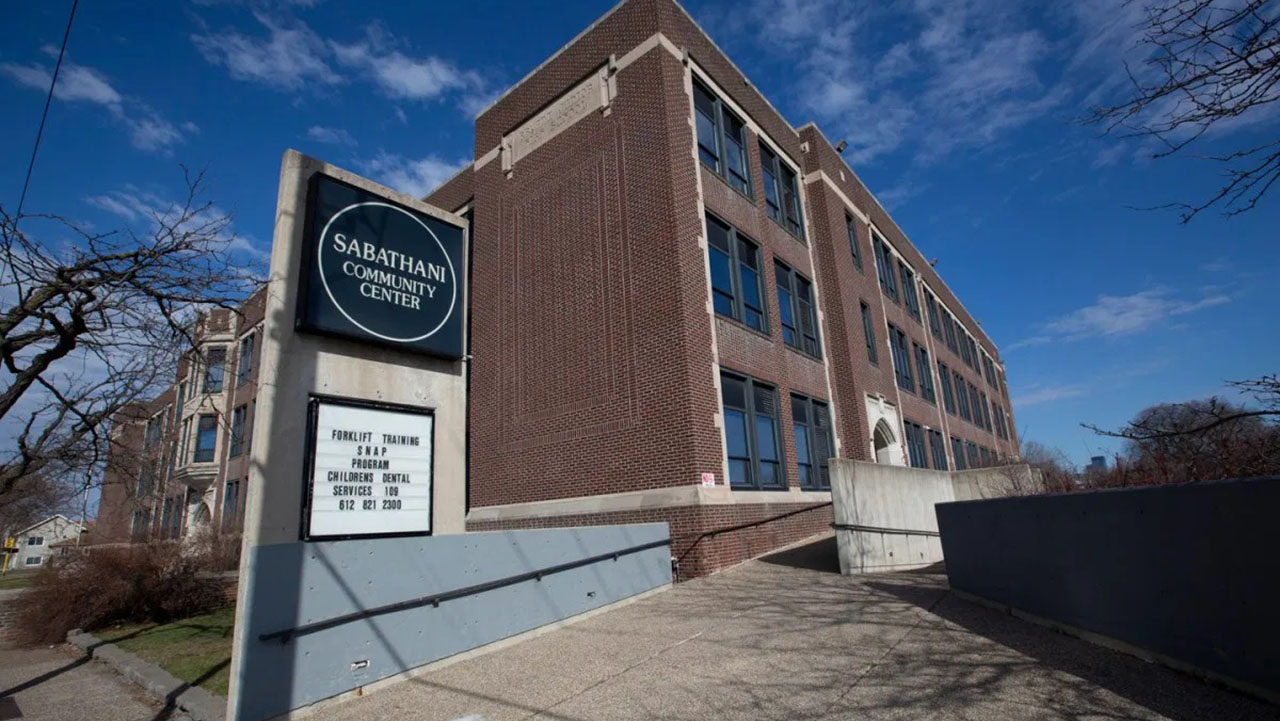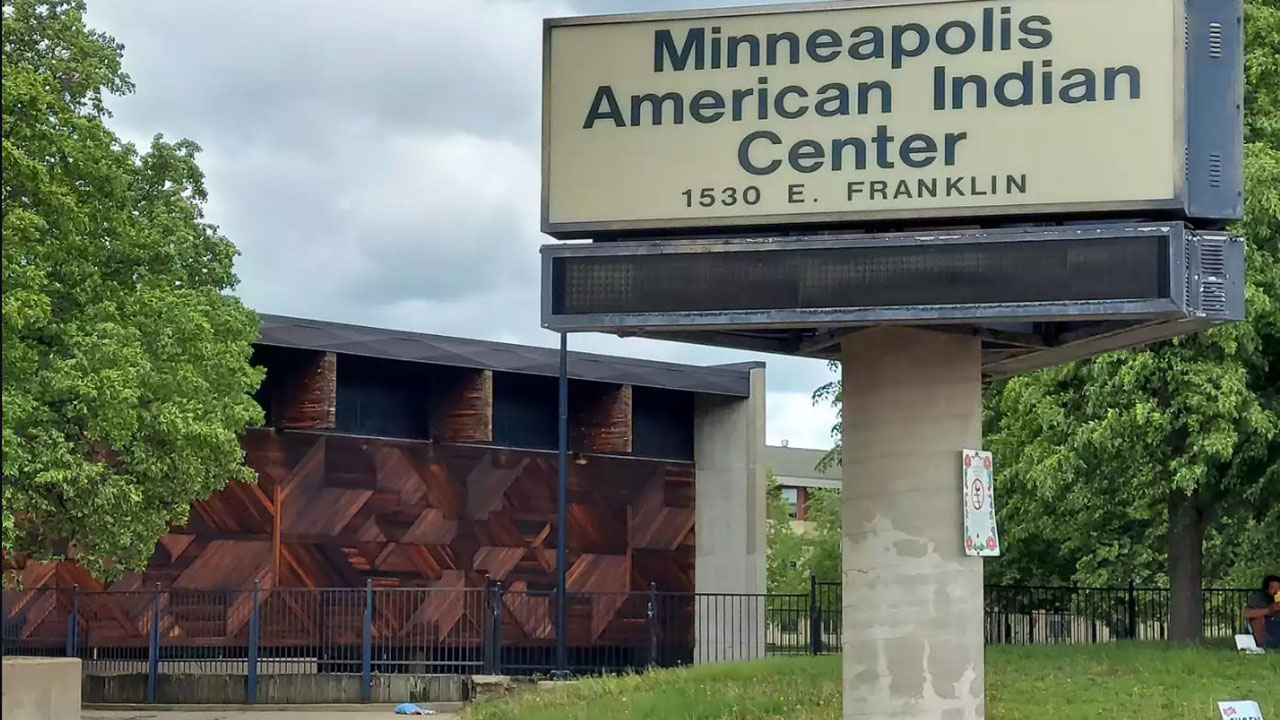
Commission approves Xcel Energy’s Resilient Minneapolis Project and more
In Minnesota, investor-owned utilities are required to submit multiple detailed plans every two years to the Minnesota Public Utilities Commission. These plans outline investments, grid infrastructure, and pilot projects that modernize the grid. One of these plans is the Integrated Distribution Plan, or IDP, that focuses on planned investments and programs on the local distribution grid which is the last stop for electricity before it supplies energy to homes and businesses. New distribution grid infrastructure has typically consisted of rooftop and community solar, small power generators, and smart thermostats, but in recent years battery energy storage systems have become increasingly common on the distribution system as well. Last week, the Minnesota PUC approved Xcel’s IDP, including some innovative new projects. Let’s dive into some aspects of Xcel Energy’s 2021 IDP that Fresh Energy is especially excited about.
Xcel Energy’s Integrated Distribution Plan
In Xcel Energy’s 2021 IDP, the utility laid out its plan to replace aging components of the distribution system like poles and underground cables, enable the clean energy transition by preparing the grid for increased electrification and rooftop solar, and modernizing the grid through investments in technologies that make the grid smarter and more adaptable. The Commission met on June 1, 2022 to evaluate Xcel’s IDP and heard from a range of groups, including Fresh Energy. Throughout this process, with the help of our utility distribution system expert consultant, Curt Volkmann, we submitted multiple rounds of detailed technical analysis and recommendations for how Xcel could optimize the distribution system for decarbonization and recommendations to the Commission on what proposed investments provided the most value and public interest benefit.
Ultimately, the Commission’s decisions reflected our recommendations that Xcel better align its IDP planned investments and initiatives with the longer-term investments laid out in its Integrated Resource Plan. The Commission also directed Xcel to hold a series of stakeholder workshops to gather input and recommendations from the public that will inform its 2023 IDP. These workshops will focus on how Xcel should prioritize grid investments, incorporate electrification forecasts into distribution planning, and identify how energy efficiency and distributed energy resources can inform the planning process. In our comments filed in February of 2022, Fresh Energy advocated for increased stakeholder engagement and pushed for expanded electrification scenarios to be included in Xcel’s forecasts. We applaud the Commission’s decision to recommend both of these important policies.

Resilient Minneapolis Project to launch three “resilience hubs”
Another important element within Xcel’s IDP was its certification request for the Resilient Minneapolis Project, or RMP, a pilot project that enables three chosen community sites to install rooftop solar, a battery energy storage system, and microgrid controls on their buildings. Xcel has been designing the project over two years, which has been influenced by both the COVID-19 pandemic and the unrest following the murder of George Floyd—making resilience, equity, and community engagement an important feature of the RMP. Xcel held an open request for applications to evaluate sites for the project and chose three that are all important spaces for communities to gather, share resources, and aid community members during emergencies. The sites are:

- Renewable Energy Partners: North Minneapolis Community Resiliency Hub
- Sabathani Community Center
- Minneapolis American Indian Center
Xcel worked collaboratively with each host site to co-create a project design that best meets the needs of each community. All three RMP sites will have rooftop solar systems that are connected to a battery and electric gear to interconnect and enable islanding from the surrounding distribution system. “Islanding” is a term used to describe a distributed energy generator (such as solar and storage) to continue to power a location even if the external electric grid is offline. The combination of these technologies will allow each site to generate their own electricity with their solar panels and store it for future use with the battery, enabling these communities to become resilient through shocks to the larger grid.
The RMP will provide a variety of benefits to their communities—including emissions reductions, increased resilience and community building, and reduced energy burden. These community benefits are especially important for the RMP sites, as each site is in the highest bracket for poverty concentration and BIPOC representation within Xcel’s service territory.
Resiliency hubs benefit community and expand utility expertise
Xcel has designated each site as a “resiliency hub,” meaning the sites are designed to support communities and coordinate distribution services before, during, and after a natural hazard event. The three chosen RMP sites will serve as important gathering spaces for community members during these hazard events and provide a safe location for communities to have access to air conditioning when the surrounding grid shuts down due to hot summer temperatures. Resiliency hubs have become increasingly common in cities across the country as battery technology has advanced, and these three sites will be the first resiliency hubs in Minnesota.
While the community benefits of the RMP are clear, Fresh Energy also believes Xcel has much to gain from the project as well. Xcel has the opportunity to advance its experience in owning and managing the battery systems and microgrid controls, and learnings from the pilot will inform future projects in other communities both inside and outside of Xcel’s service territory. Fresh Energy’s recommendations that were adopted by the Commission advocated for Xcel to include additional metrics in its annual reports on the RMP—including community feedback from sites and how the RMP is being informed from previous Xcel resiliency programs in its other service territories.
What’s next for Xcel’s planning?
Overall, Fresh Energy is excited about the outcomes from Xcel’s IDP, as the adopted decisions will bring increased stakeholder involvement in the distribution planning process, better alignment between the IDP and IRP processes, and enhanced forecasting that includes more electrification scenarios into Xcel’s planning. We are also pleased to see the RMP project move forward. It has set the standard for co-creation between a utility and communities and has the potential to serve as a model for resiliency hub projects across the state.
We are looking forward to engaging in a forthcoming “equity docket” later this summer at the Commission which will require Xcel to report on how it is engaging in and incorporating equity into its IDP and IRP planning. Fresh Energy sees significant opportunity for growth in this process and is excited to be involved in the discussion.
